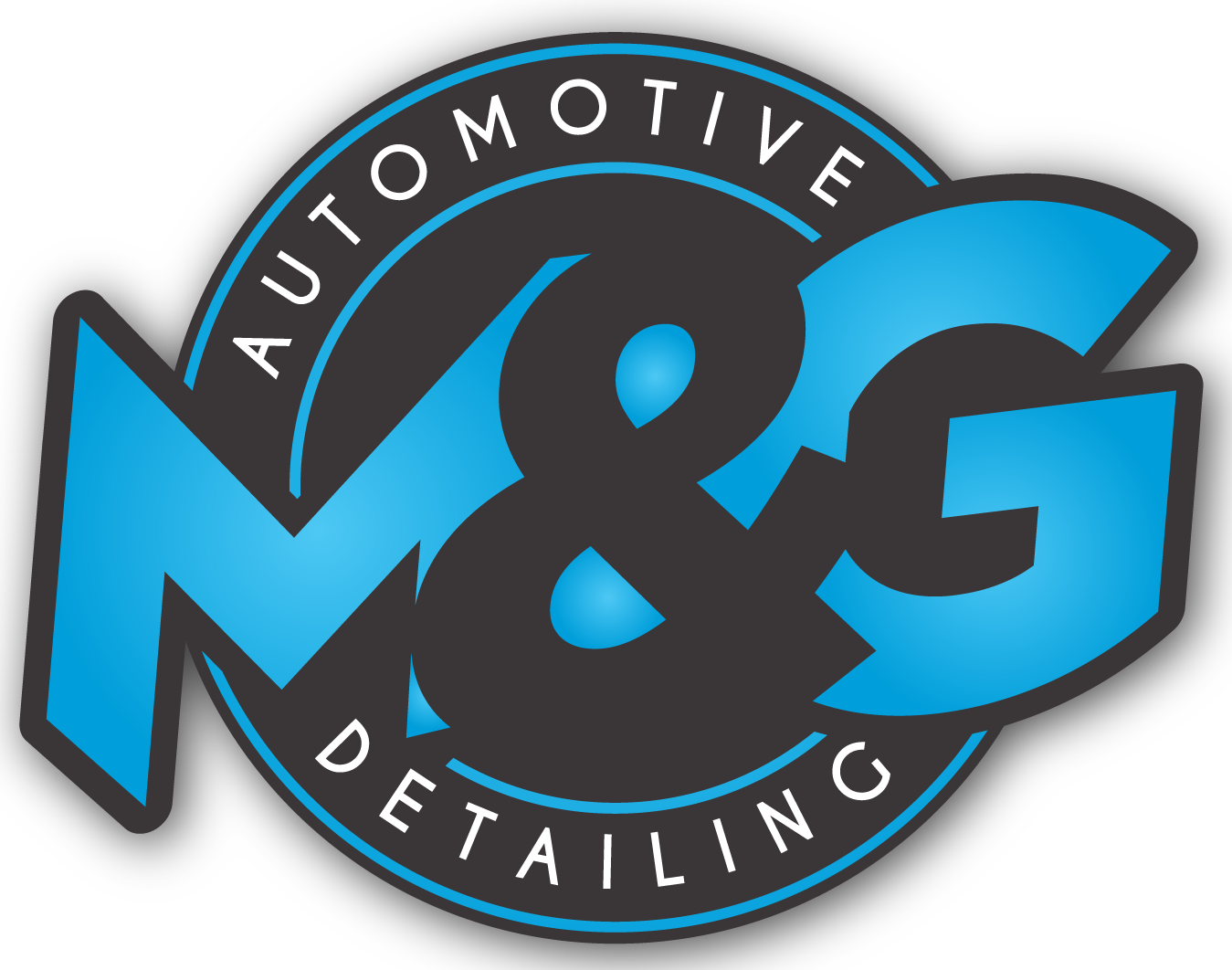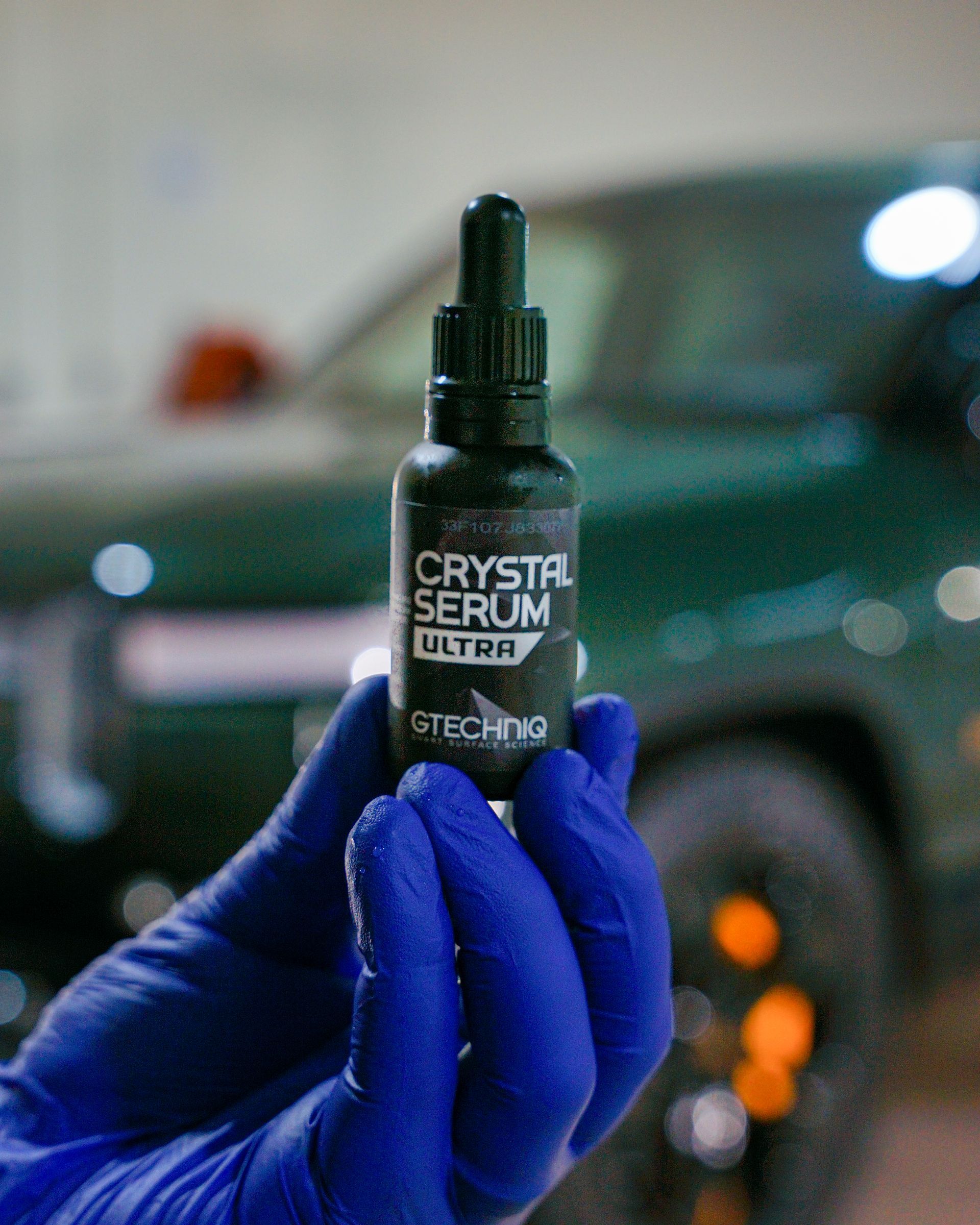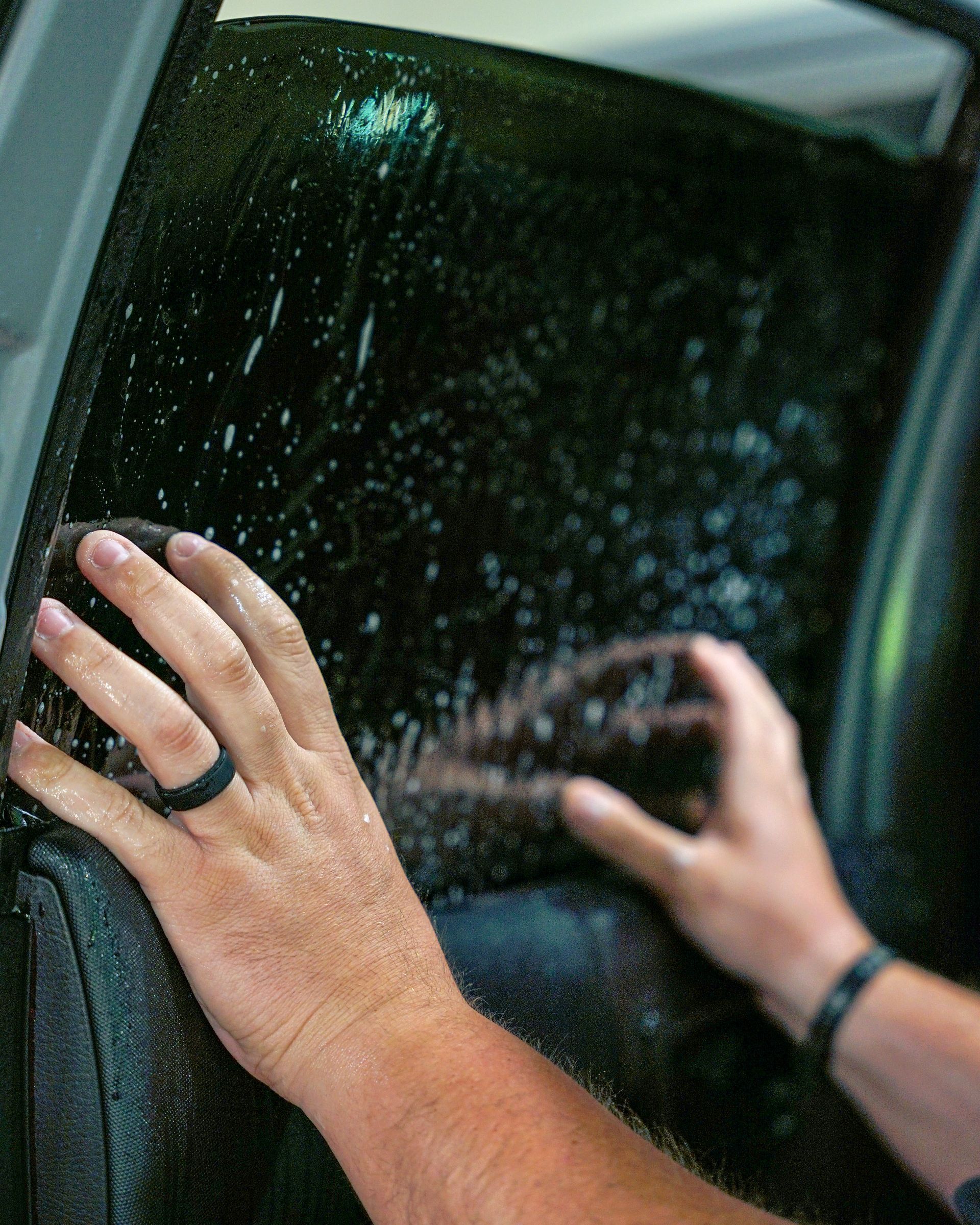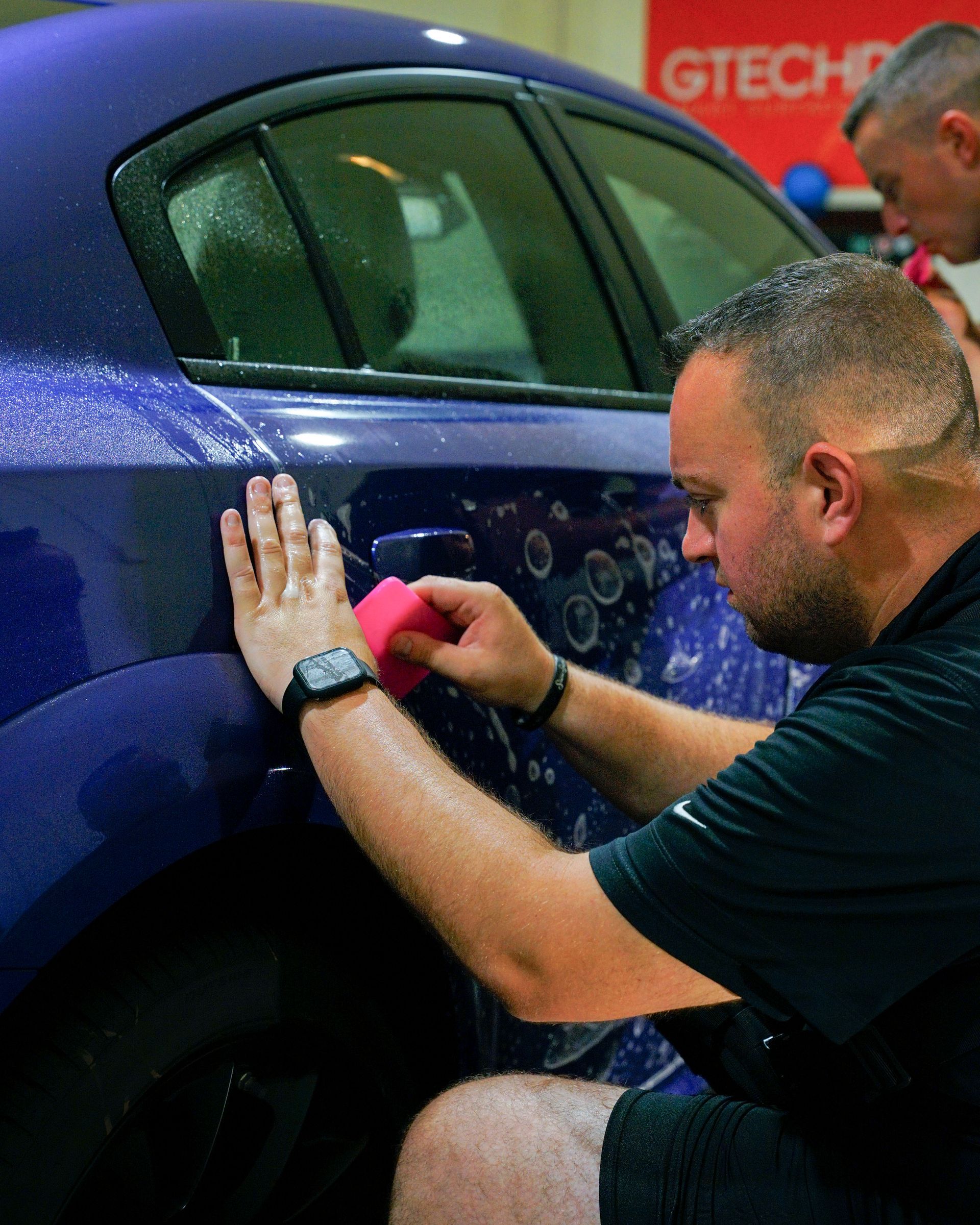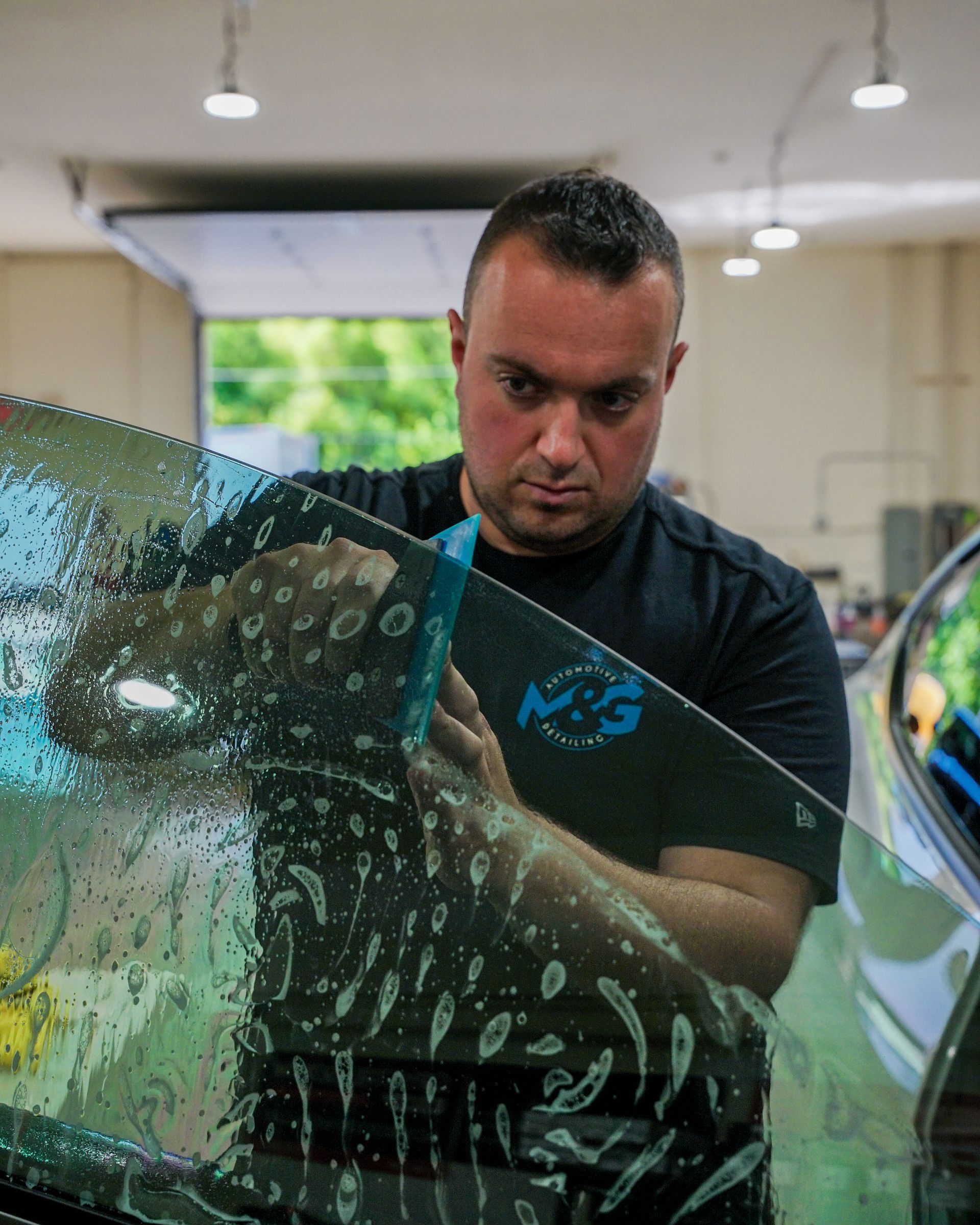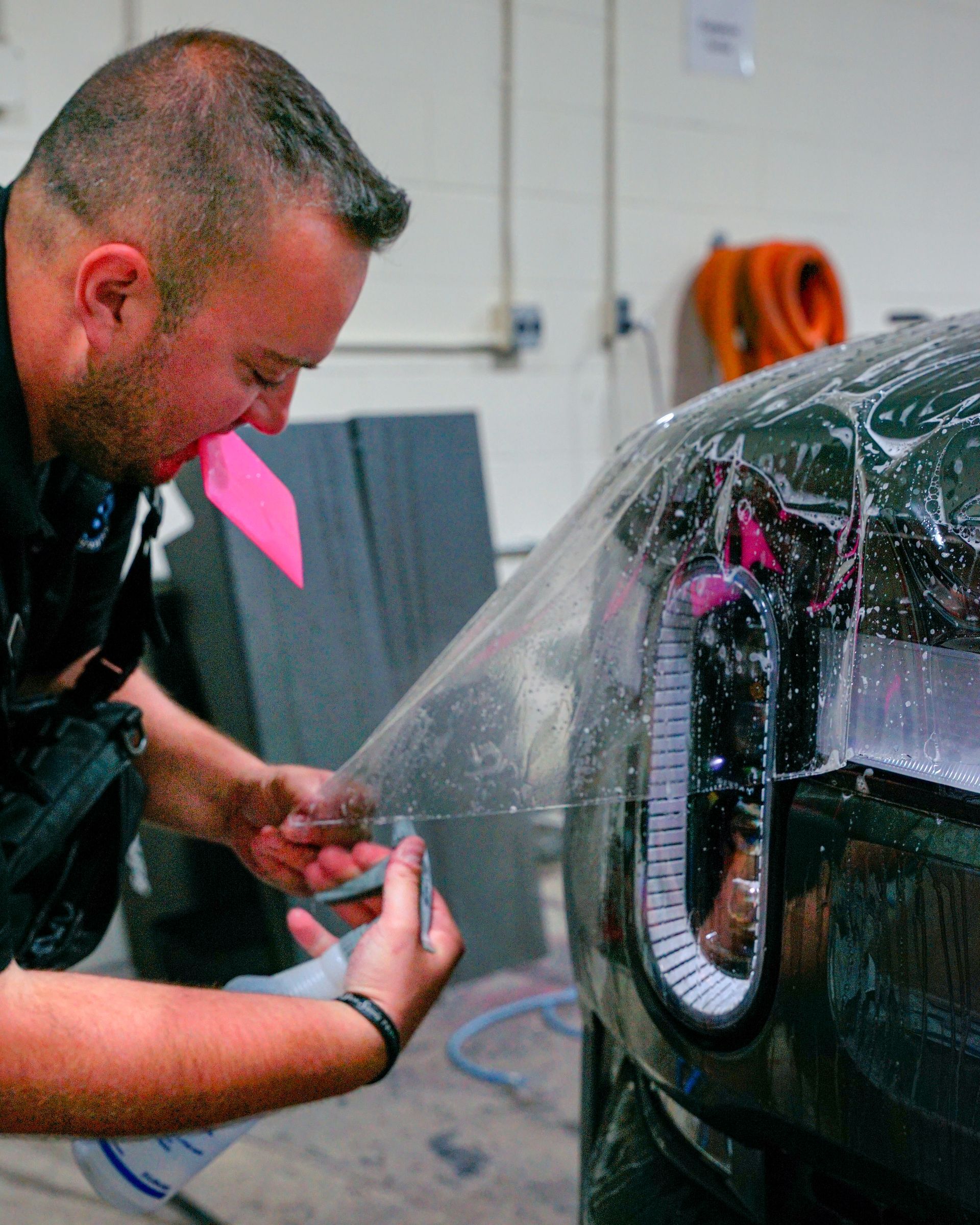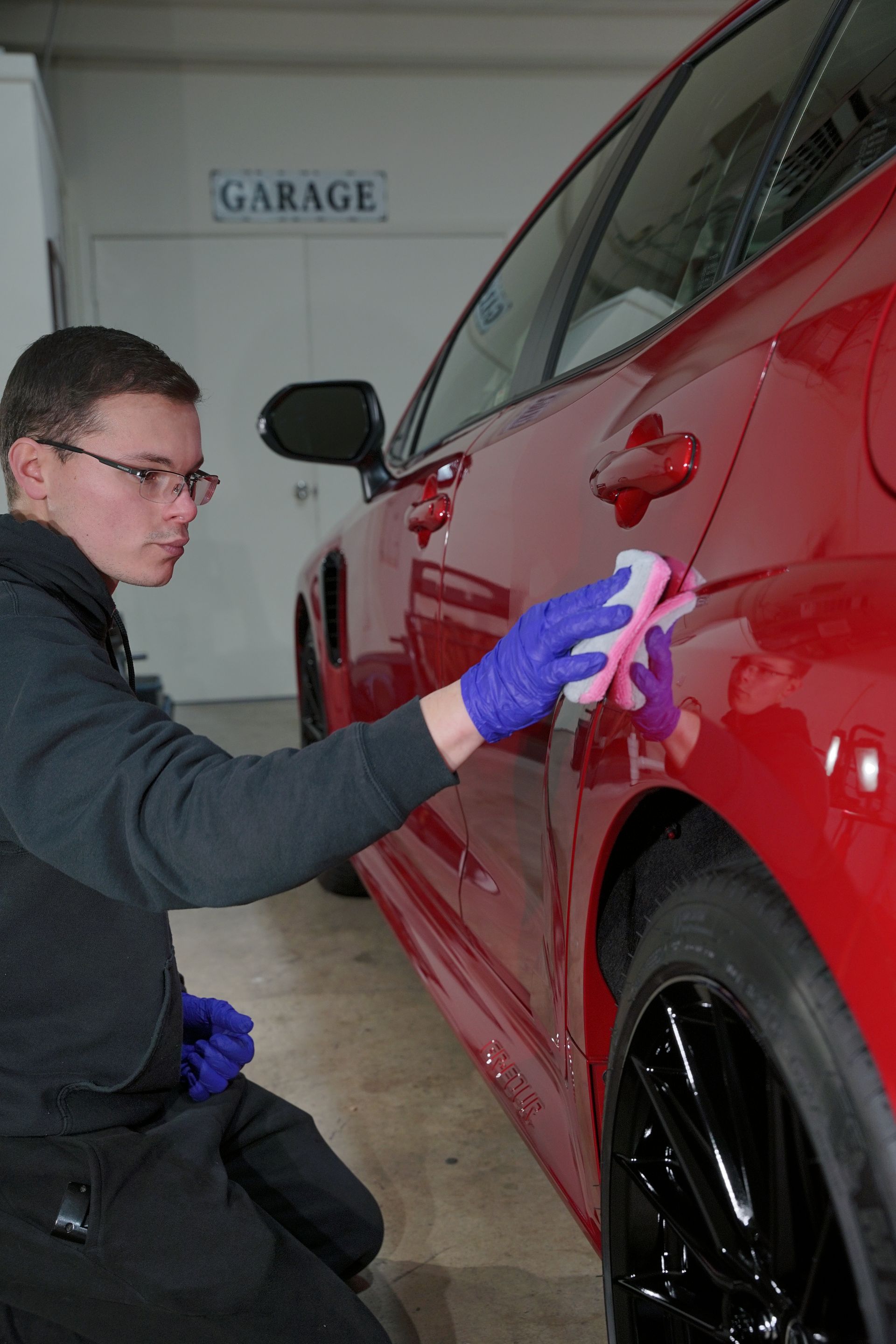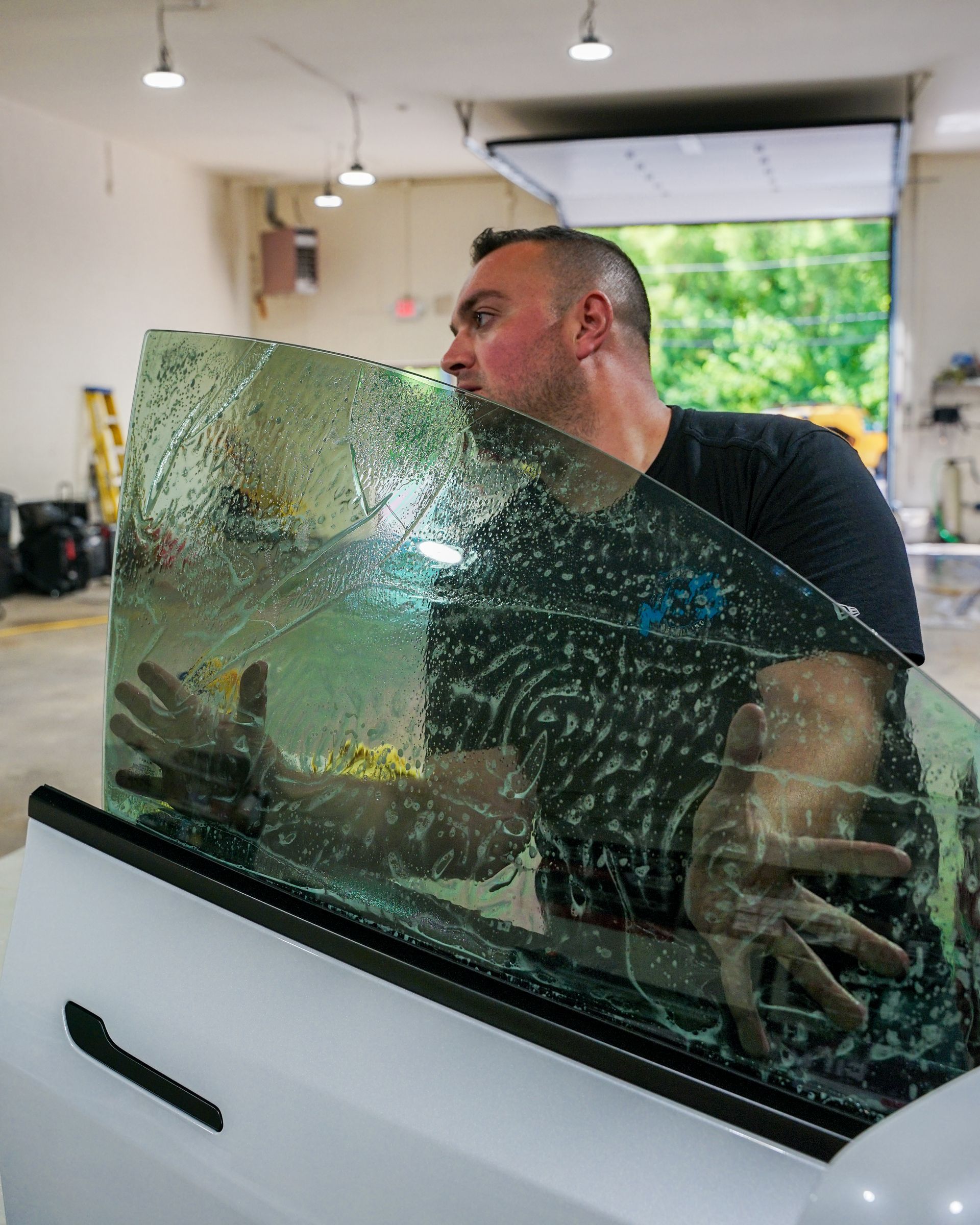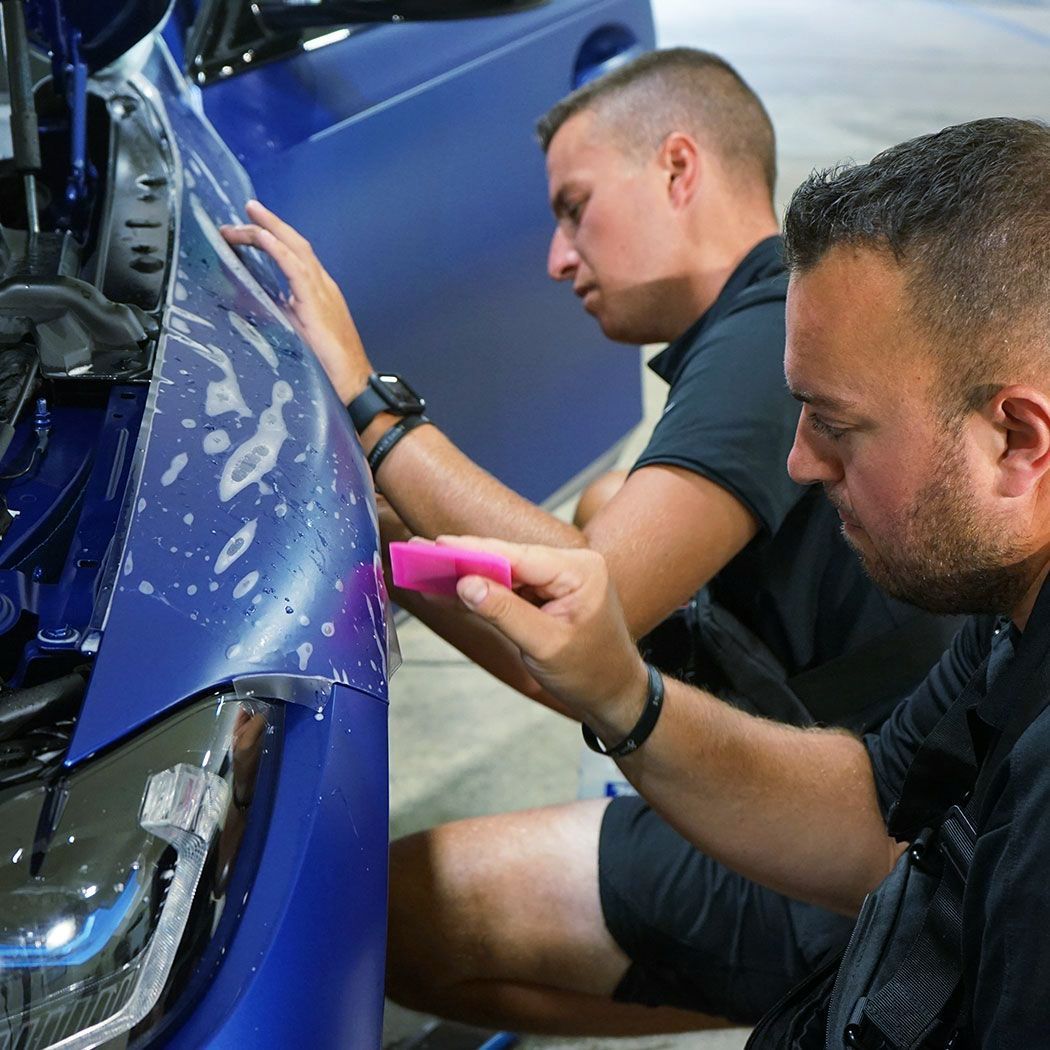Understanding Ceramic Coating Curing Times: Tips for Application and Maintenance
When it comes to protecting your vehicle, ceramic coatings are often hailed as a game-changer. But what truly sets them apart from traditional waxes or sealants? Understanding the application and curing process is crucial for any car enthusiast or everyday driver looking to keep their ride in top shape. The protective shield that these coatings provide doesn't just happen overnight—it's a science-driven journey that takes time and patience for optimal results.
Why Ceramic Coatings Need Time to Cure
Ceramic coatings require a vital curing period to ensure they adhere properly and form a robust shield against the elements. The process unfolds in two key phases: evaporation and chemical cross-linking, each playing a pivotal role in achieving that high-performance finish.
- Chemical Bonding Process: During the initial phase of curing, solvent evaporation occurs. This critical step allows the liquid coating to transform and start bonding with the vehicle's surface. When you first apply the coating, it appears glossy and wet. However, over the next several hours, the solvents begin to evaporate, causing the coating to solidify and bond with the paint beneath. Touching or disturbing the surface prematurely can compromise this delicate stage, potentially leading to an uneven finish or diminished durability.
- Enhanced Protection Development: After initial bonding occurs, chemical cross-linking begins. This phase creates molecules within the coating that intertwine, forming an incredibly strong matrix that enhances protection against various environmental threats. The result is a resilient barrier capable of shielding your vehicle from harmful UV rays, acid rain, bird droppings, and road salt. Without allowing sufficient time for these chemical reactions to take place, you risk undermining the very advantages that ceramic coatings are celebrated for.
Environmental Factors Affecting Curing
The environment in which you apply your ceramic coating significantly impacts how effectively it cures. Temperature plays a crucial role, with ideal curing typically occurring between 60°F to 80°F (15°C to 27°C). Within this range, the materials can bond properly, allowing for solid adhesion and the development of a durable finish. Temperature extremes can cause problems. Below 60°F, the curing process may take significantly longer. Above 80°F, solvents evaporate too quickly, which can result in uneven coatings that don't adhere well or perform as desired. Humidity levels should ideally hover around 40% to 70% relative humidity during application for optimum results. High humidity can prolong the evaporation phase of solvents, making your vehicle's surface vulnerable longer than necessary. Conversely, if the air is too dry, solvents may evaporate too quickly, potentially leading to a compromised bond between your vehicle's paint and the ceramic layer. If you're applying the coating in less-than-ideal conditions, try to create a controlled environment. Access to a garage where you can maintain temperature and humidity can significantly improve your outcomes. Good ventilation aids not only in curing but also ensures safe working conditions.
Surface Preparation Impact
The foundation of a successful ceramic coating lies in meticulous surface preparation. Before applying any ceramic product, ensure that your vehicle is clean and free of contaminants. Neglecting this step can lead to poor bonding between the coating and the paint, impacting both appearance and durability.
- Cleaning and Decontamination: Begin by thoroughly washing the vehicle with high-quality car soap to remove grime, dirt, and debris. However, a simple wash won't suffice. Using a clay bar becomes essential to lift embedded particles that traditional cleaning methods often miss. Clay bars effectively remove contaminants, creating a smoother surface that feels noticeably different after use. Proper decontamination allows the ceramic coating to bond effectively, significantly improving its overall performance. Surfaces that are properly cleaned and decontaminated before application typically show faster curing times compared to untreated surfaces.
- Polishing Requirements: After cleaning, address imperfections on your paintwork through polishing. This step is essential because any imperfection left underneath the ceramic coat may become enhanced over time rather than hidden. Using a dual-action polisher with quality polishing pads brings back the shine and prepares the surface for perfect adhesion. A well-prepared surface ensures consistent adhesion throughout, allowing for even distribution when applying the coating. Proper polishing prevents minor flaws from becoming visible through the coating later.
Recommended Curing Periods
Curing times vary depending on the specific product and application conditions, but general guidelines help maximize your ceramic coating's effectiveness.
- Initial Cure Phase: The first phase occurs within 24 to 48 hours after application. During this time, provide a controlled environment by keeping the vehicle dry. This is when most solvent evaporation happens, allowing the ceramic coating to begin forming a proper bond with the paint. Think of this period as delicate healing time—the coating needs undisturbed conditions to set properly. Avoid exposing the vehicle to rain or washing during this initial window. Any moisture can disrupt the curing process and potentially lead to imperfections such as water spots or streaks.
- Full Cure Development: The full curing phase may extend from two weeks to even longer, depending on environmental factors like temperature and humidity levels. During this period, treat your vehicle gently by avoiding harsh conditions. High-pressure washing, abrasive chemicals, and excessive sunlight can hinder the coating's chemical bonding process. Many coatings reach peak performance only after approximately 30 days of careful treatment. This timeframe allows for substantial bonding and optimizes the coating's durability against environmental elements. While it might seem convenient to wash or detail your car during this stage, waiting ensures you maximize every bit of protection you've invested in.
Comparing Ceramic Coatings to Traditional Protection
Understanding how ceramic coatings differ from other protective products helps illustrate their value. Traditional wax offers only temporary protection, typically lasting 1 to 3 months. After just a few weeks of weather exposure and contaminants, that glossy finish begins fading, requiring frequent reapplication to maintain aesthetic appeal. Sealants offer more durability, extending protection up to 6 months due to their synthetic formulations. However, both waxes and sealants lack the robust chemical bonding capabilities found in ceramic coatings. Ceramic coatings stand out with lifespans reaching several years—often exceeding five with proper maintenance. This significant difference comes from how ceramic coatings create strong molecular bonds with the paint surface through chemical cross-linking. Rather than merely sitting on top as waxes do, they create an ultra-durable shield that resists UV rays and other environmental elements. The protection level offered by ceramic coatings is noticeably superior because they resist degradation from environmental hazards far better than traditional alternatives. Waxes can melt in high temperatures, while sealants might break down when faced with harsh chemicals or regular washes over time. Ceramic coatings maintain their protective qualities much longer under these conditions.
Application Tips for Best Results
Achieving a flawless finish with ceramic coatings requires proper technique and preparation. Applying in a clean, dust-free indoor setting is critical. Maintain temperatures between 60°F and 80°F (15°C to 27°C) and humidity levels around 40% to 70%. When applying ceramic coating, use thin, even layers with a high-quality applicator pad. Applying too thickly can lead to streaks or runoff that compromises the coating's performance. After applying each layer, allow it to set—typically 1 to 2 hours depending on your specific product. Patience is essential here, as rushing this process leads to uneven coverage and can affect the coating's bonding with the vehicle's surface. Once you've applied your ceramic coating, protect that investment by avoiding water exposure for at least 24 hours and steering clear of car washes for about two weeks. Exposing your freshly coated vehicle to rain or washing it prematurely can compromise the ceramic coat's integrity and prevent proper curing.
Avoiding Common Mistakes
One of the most critical factors in successful ceramic coating application is avoiding common pitfalls. Inadequate preparation is perhaps the most consequential mistake. Without properly cleaning and decontaminating the vehicle's surface before applying the coating, you're setting yourself up for failure. Skipping this preparatory step often leads to poor bonding between the coating and the vehicle's surface, resulting in uneven application that's more susceptible to damage. Another major concern is rushing the curing process. Many enthusiasts are eager to resume regular vehicle usage too soon, but taking a hasty approach can seriously affect the longevity and efficacy of your ceramic coat. Allowing sufficient curing time—usually between 24 to 48 hours for initial curing—is vital, but full curing can take several days or weeks depending on environmental conditions.
Maintenance During Curing
Proper care during the curing phase is crucial for optimal results. Keep the surface free from contaminants such as dust, water, or chemicals for at least 24-48 hours, depending on the product used. Proper care during this time can significantly enhance the bond strength of the coating, ensuring optimal durability and longevity. Maintaining a controlled environment with stable temperatures prevents issues like uneven curing or imperfections in the finish. Avoid washing your car during the curing period, as this can introduce contaminants and affect the bonding process, potentially diminishing the coating's effectiveness.
Determining When Curing Is Complete
To determine if your ceramic coating has fully cured, perform a simple water-beading test. If water forms into tight beads that roll off the surface rather than spreading out, the coating is likely fully cured. Most ceramic coatings cure within 24 to 72 hours under ideal conditions, but some formulations may take up to 30 days for complete curing. Additionally, checking for uniform shine without any tackiness indicates successful curing. Always refer to the manufacturer's guidelines for specific curing times associated with your product to ensure optimal performance. Understanding and respecting both the preparation and curing processes will ensure you maximize the performance and longevity of your ceramic coating investment.
Premium Ceramic Coating in Cherry Hill, NJ
Protect your car’s finish with the
superior ceramic coating services
from M&G Automotive Detailing in Cherry Hill, NJ. Our expert team applies advanced coatings designed to lock in a flawless shine while defending against dirt, road grime, and harsh weather. With a sleek, long-lasting finish, your vehicle will stand out while staying easier to maintain.
Schedule your ceramic coating appointment today and give your ride the protection it deserves!
